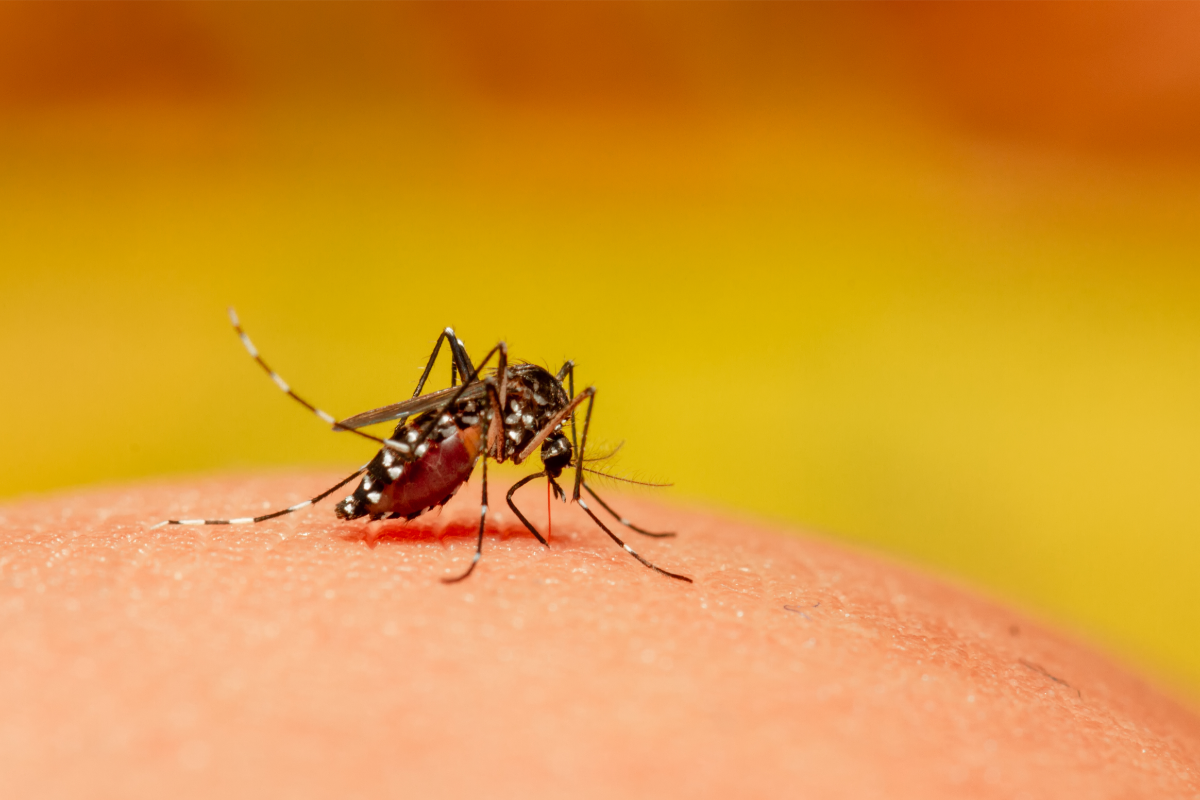Piro-Like Syndrome: An Equine Dilemma
The term “Piro-Like syndrome” is used to describe a range of symptoms caused by vector-borne diseases in equidae. External animals such as ticks or rodents carry these diseases. They are not transmitted directly from one horse to another. The differential diagnosis of this syndrome includes five diseases: piroplasmosis, anaplasmosis, Lyme disease, leptospirosis and Equine Infectious … Read more




















